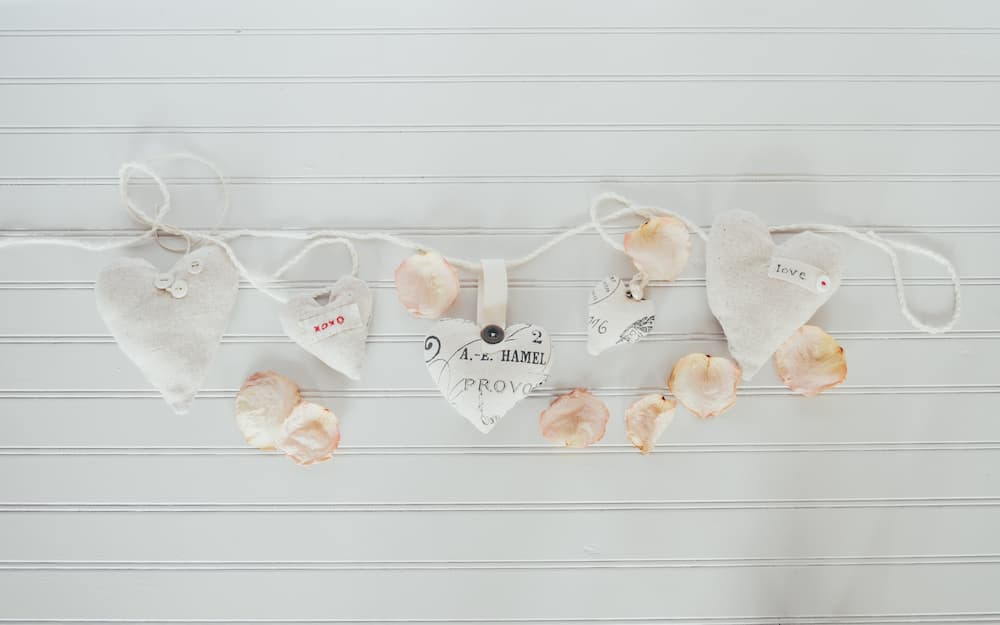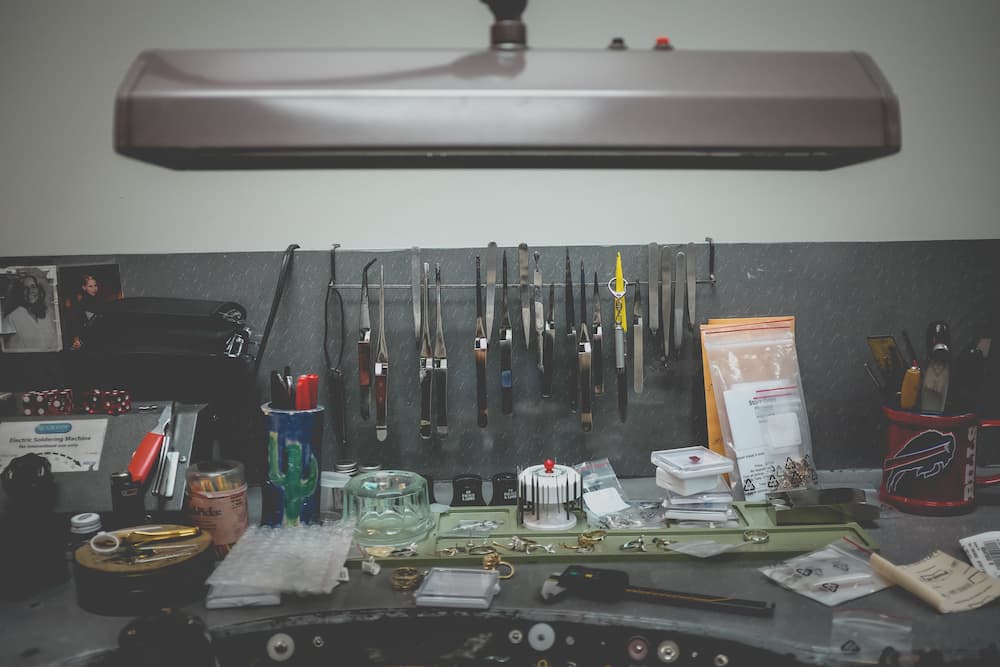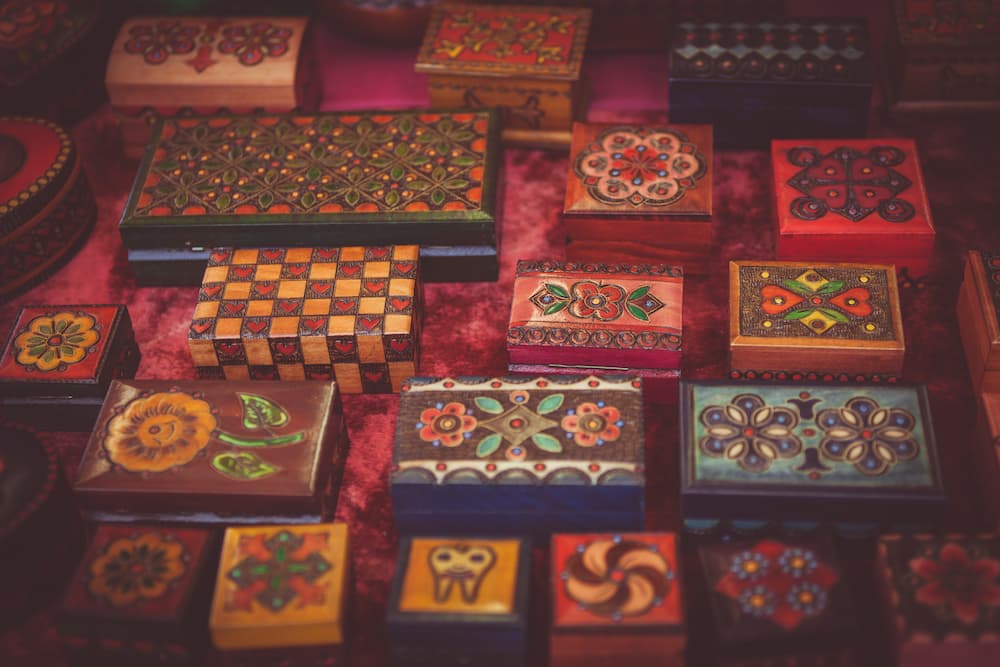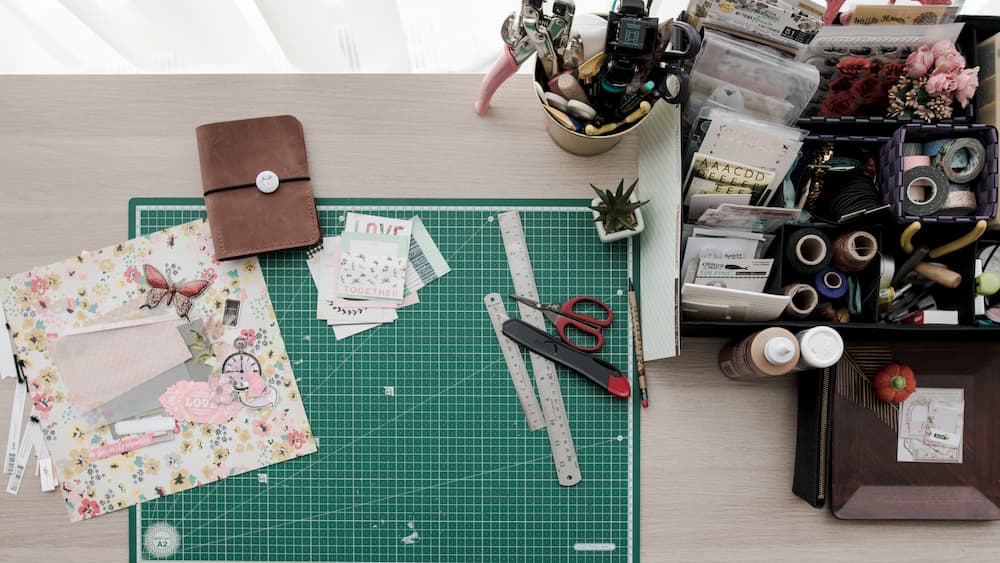
Embroidery is a kind of needlework that has a certain magic. With the help of a set of colored threads, people diligently recreate portraits, landscapes, faces of saints and any other paintings. Regardless of the technique used, they turn out to be very realistic and even voluminous, especially if the craftswoman perfectly accurately selects not only colors and shades. The roots of this type of handicraft are deep, and in each country they are closely connected with national traditions and culture, despite the fact that once in many respects such an occupation was dictated by the desire of people to decorate their life and clothes. In those distant times, there were much fewer opportunities for the implementation of highly artistic ideas.
Products for embroidery
To make stunning embroidery, you don’t need any elaborate gadgets. There would be threads, needles, canvas and a hoop. The rest depends on talent, perseverance and desire to create.
It was not difficult to master these skills before, but today you only need your desires for this. Embroidery products come in a very wide range, especially when it comes to sets. Once upon a time, our grandmothers did a difficult job before picking up a needle. The most difficult thing was to transfer the drawing to the canvas. Maybe that’s why the complexity of the work was not high at that time. And the industry did not produce such a variety of threads. Today the situation is different. The embroidery kits contain not only a hoop, needles, thread and canvas, but also a detailed color scheme, which makes the task fantastically easier.
It should be noted that often embroidery can skillfully hide a fabric defect or a hole in the tablecloth.
From simple to complex or tips from craftswomen
The technique of cross-stitching is the most accessible in complexity for beginners, and experienced craftswomen are not limited by creativity.
Choosing a canvas
Theoretically, no one bothers to embroider on any fabric, but it is the canvas that allows you to make the same distance between the threads and each cross of the same size. Although experienced craftswomen often use a uniform weave canvas, which requires more attention during work. The canvas makes the drawing neat and does not strain the eyes in the process of work, significantly reducing the likelihood of errors. The canvas can be completely filled with crosses or partially. if, nevertheless, gaps are assumed, take this into account when choosing the color of the canvas.
The materials for the canvas are also different:
- Cotton;
- Linen;
- Wool;
- Plastic or vinyl;
- Stramin;
- Mix of cotton and synthetics.
For beginners, an already printed canvas is best suited. This way, the skills, both creating straight crosses, and in the selection of the correct shades of threads, are developed faster.
Selecting threads for embroidery
There are nuances in this issue. If you are a beginner and it is still difficult for you to understand, use the ready-made embroidery kit, where everything is thought out. But if you want to do something that the set won’t give you, then there are some tips:
You need to take the thread with a margin. Firstly, accurate shades are guaranteed, and secondly, they will remain for future paintings, if suddenly the desired shade for some detail is not available;
If you bought threads that you have never used, test them for color fastness – soak the thread in hot water and make 2-3 crosses on a light canvas. This will help you quickly determine if they are shedding or not;
Use yarns from the same manufacturer, as this is guaranteed by the same manufacturing technology and structure – they are equally matte, smooth, shiny, etc.
Choosing needles
For cross stitching, a tapestry needle is more convenient, since it has a wide eye and a slightly blunt tip, which is more convenient for this technique. The larger the weaving of the canvas, the thicker the needle is chosen.
Simple tips for beginners and more
You need to start work from the middle of your circuit.
For beginners, it is recommended to start working with vinyl canvas, as it is more rigid and its edges will not crumble;
If the work has a complex color scheme, start from the place where the largest number of crosses of the same color are;
Consider lighting as embroidery is associated with increased eye strain. If you’re working with a dark canvas, extra light is a must;
The optimal length of the thread during work is 25-30 cm;
It is advisable to iron the work from the inside out and on a towel. So she will keep the volume of the picture;
To quickly find a point on the diagram, paint over the already traversed areas with a lighter marker;
A special machine for embroidery will make it possible to embroider with both hands, which greatly speeds up the whole process;
Do not leave the work in the hoop, so that their marks do not damage the embroidery;
Keep all needles in one place;
If the threads are twisted, lower the needle and thread down, allowing it to spin in the other direction under the weight of the needle;
Do not be alarmed if the canvas gets dirty during the work. Wash it in warm water and laundry soap, squeeze through a towel and pat dry.


